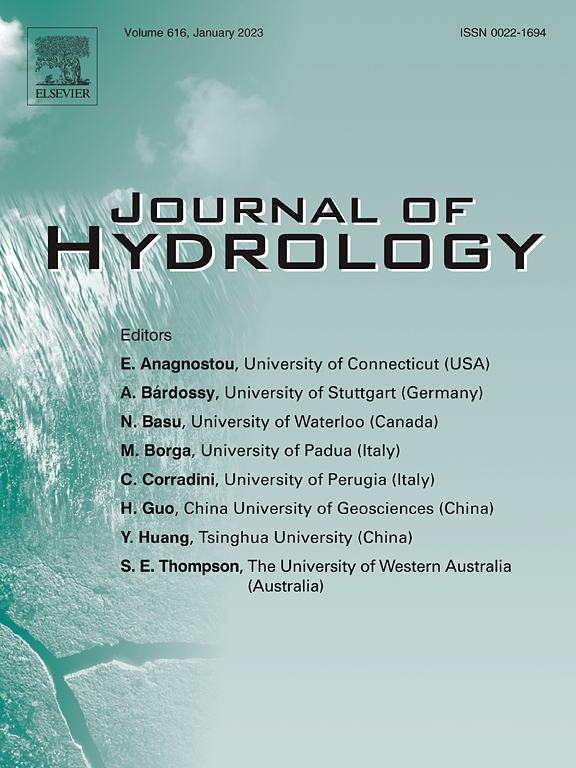J. Hydrology Publication

A new publication in Journal of Hydrology (Ansh Srivastava and Mascaro, 2023) describes the use of weather radar products of precipitation to obtain intensity-duration-frequency characteristics in central Arizona. Congratulations to authors associated with the Center for Hydrologic Innovations!
- Abstract: Spatially seamless quantitative precipitation estimates (QPEs) from weather radars have the potential to address key limitations of intensity–duration–frequency (IDF) relations derived from sparse rain gage measurements. However, this potential has not been yet fully explored. Here, a methodological framework is designed for the spatial frequency analysis of extreme precipitation (P) with radar QPEs that leads to realistic quantile patterns while reducing the sampling uncertainty. The framework was applied with 19 years of QPEs from 1-h, 4-km Stage IV reanalysis from the Next Generation Weather Radar (NEXRAD) network and robustly tested against (1) a network of 204 high-resolution rain gages in central Arizona with one of the largest densities and spatial coverages in the world, and (2) extreme P quantiles from NOAA Atlas 14. It was first showed that (1) the generalized extreme value (GEV) is a suitable distribution to model the series of annual P maxima of gage records and radar QPEs across multiple durations from 1 h to 24 h, and (2) correcting the bias of the GEV shape parameter estimates due to the short sample size is a critical step. Spatial estimates of extreme P quantiles were then obtained through a hierarchical approach based on the index-flood method and the spatial smoothening (interpolation) of the GEV parameters estimated from radar QPEs (gage records). For each parameter, the most effective interpolation method was identified that limits the uncertainty caused by the short sample size and captures the local variability of extreme P. The extreme P quantiles generated from radar QPEs exhibited similar or, in some cases, higher accuracy than those generated by interpolating sparse gage information and exhibit more realistic patterns. While derived in central Arizona, the insights of this work are useful to incorporate radar QPEs into operational IDF curves in any region of the world monitored by weather radars.